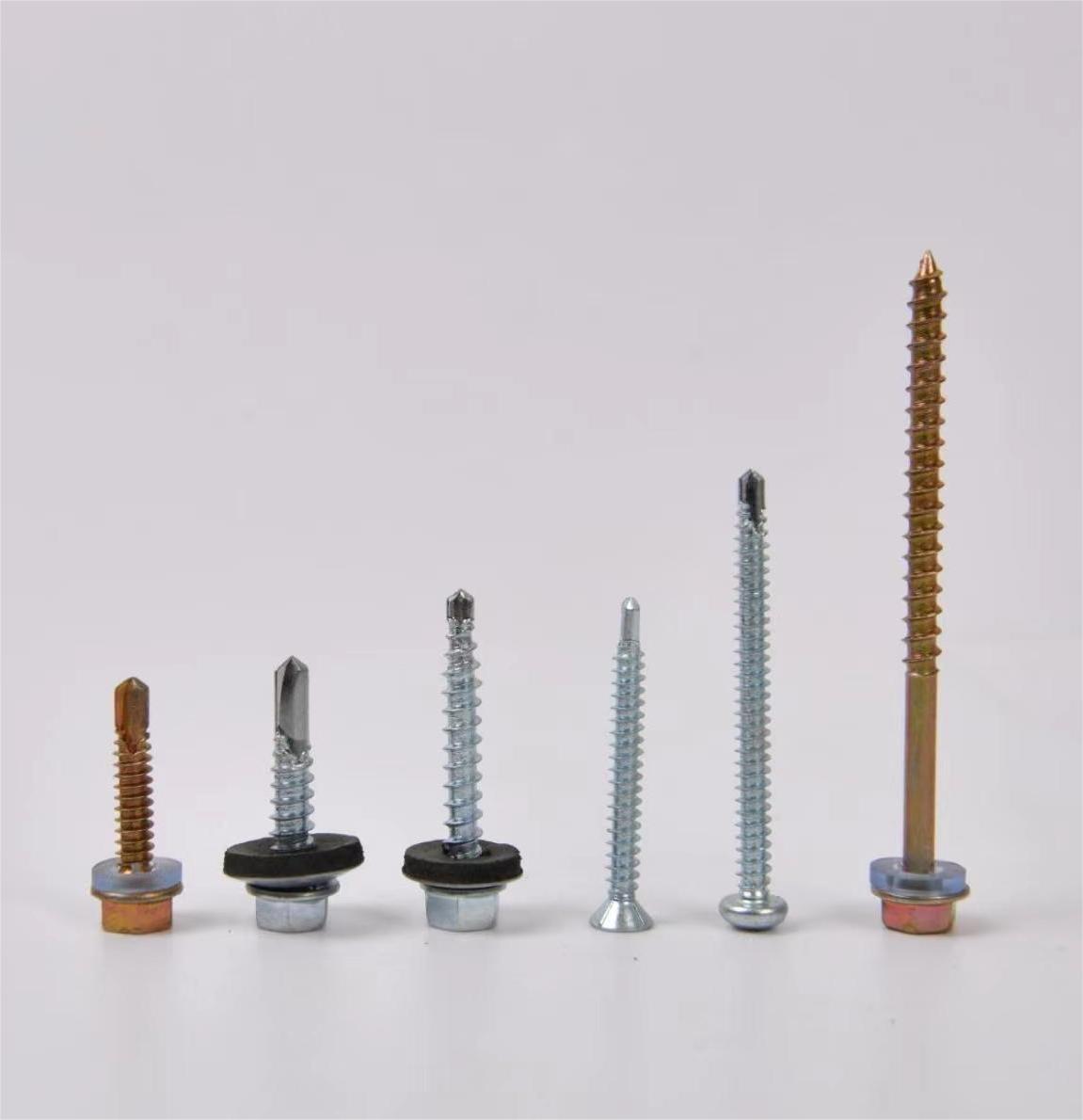Comparing Split Washers and Flat Washers for Optimal Fastening Solutions
Split Washer vs. Flat Washer Understanding the Differences and Applications
When it comes to securing mechanical components, washers play a crucial role in ensuring that bolts, nuts, and other fasteners stay tight under varying conditions. Among the various types of washers, split washers (often called lock washers) and flat washers are two of the most common types. While both are essential in the assembly process, they serve different purposes and have distinct characteristics.
What is a Split Washer?
A split washer is a ring of metal that has been cut and twisted open, creating a spring-like effect. This design allows the washer to exert a force against the fastener’s head and the surface of the material it is securing. When a bolt or nut is tightened, the split washer compresses and tries to return to its original shape, thus providing resistance against loosening caused by vibration or dynamic loading.
Split washers are often used in applications where vibration is a concern, such as in automotive or heavy machinery contexts. They help prevent the loosening of fasteners over time, making them essential in environments where mechanical movement is prevalent.
What is a Flat Washer?
Conversely, a flat washer is a simple, flat disk with a hole in the center, designed to distribute the load of a fastener. Its primary function is to increase the surface area under the head of a bolt or nut, which helps prevent damage to the material being fastened and provides a stable surface for the fastener to secure against.
Flat washers are commonly made from various materials, including steel, stainless steel, plastic, and rubber. Their versatility makes them suitable for a broad range of applications, from construction to household tasks, where they help protect the integrity of the work surface and prevent connections from loosening.
split washer vs flat washer

Key Differences Between Split Washers and Flat Washers
1. Functionality The primary difference between the two types of washers lies in their functionality. Split washers offer locking capabilities through their spring-like nature, making them ideal for high-vibration environments. In contrast, flat washers focus on load distribution and surface protection.
2. Design Split washers are characterized by their helical split design, which allows them to compress and exert pressure. Flat washers, on the other hand, are uniform disks without any special features and serve to spread the load evenly across the surface beneath the fastener.
3. Applications Given their unique characteristics, these washers are suited for different applications. Split washers are frequently used in aerospace, automotive, and machinery where movement and vibration are prevalent. Flat washers are more versatile, found in various applications where load distribution is necessary but not necessarily subject to high vibration levels.
4. Material and Size Options Both types of washers come in various materials and sizes, but split washers are often made from spring steel or other materials that can withstand dynamic stress. Flat washers can be fabricated from different materials based on the specific needs of the application, providing more options for environmental resistance.
5. Installation Installing split washers typically requires careful attention to ensure proper orientation. They are usually placed under the fastener head. Flat washers are easier to install as they can be placed anywhere under a fastener without concern for orientation.
Conclusion
In summary, while both split and flat washers are integral components in many mechanical assemblies, they serve different purposes. Split washers provide vital locking mechanisms in high-vibration situations, while flat washers excel at distributing loads and protecting surfaces. Understanding the differences between these two washer types will help engineers and technicians select the right fastener components to ensure the reliability of their assemblies across numerous applications. Choosing the appropriate washer can prevent mechanical failures, extend the lifespan of components, and promote overall safety in mechanical design.
-
Top Choices for Plasterboard FixingNewsDec.26,2024
-
The Versatility of Specialty WashersNewsDec.26,2024
-
Secure Your ProjectsNewsDec.26,2024
-
Essential Screws for Chipboard Flooring ProjectsNewsDec.26,2024
-
Choosing the Right Drywall ScrewsNewsDec.26,2024
-
Black Phosphate Screws for Superior PerformanceNewsDec.26,2024
-
The Versatile Choice of Nylon Flat Washers for Your NeedsNewsDec.18,2024










